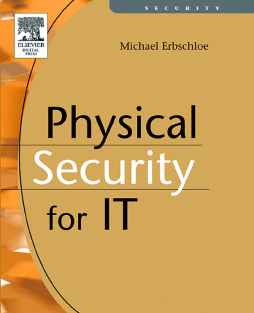
Additional Information
Book Details
Abstract
The physical security of IT, network, and telecommunications assets is equally as important as cyber security. We justifiably fear the hacker, the virus writer and the cyber terrorist. But the disgruntled employee, the thief, the vandal, the corporate foe, and yes, the terrorist can easily cripple an organization by doing physical damage to IT assets. In many cases such damage can be far more difficult to recover from than a hack attack or malicious code incident. It does little good to have great computer security if wiring closets are easily accessible or individuals can readily walk into an office and sit down at a computer and gain access to systems and applications.
Even though the skill level required to hack systems and write viruses is becoming widespread, the skill required to wield an ax, hammer, or fire hose and do thousands of dollars in damage is even more common. Although many books cover computer security from one perspective or another, they do not thoroughly address physical security. This book shows organizations how to design and implement physical security plans. It provides practical, easy-to-understand and readily usable advice to help organizations to improve physical security for IT, network, and telecommunications assets.
* Expert advice on identifying physical security needs
* Guidance on how to design and implement security plans to prevent the physical destruction of, or tampering with computers, network equipment, and telecommunications systems
* Explanation of the processes for establishing a physical IT security function
* Step-by-step instructions on how to accomplish physical security objectives
* Illustrations of the major elements of a physical IT security plan
* Specific guidance on how to develop and document physical security methods and procedures
"Michael has unquestionable knowledge about how organizations today are linking their systems across enterprise-wide networks and virtual private networks (VPNs), as well as increasing their exposure to customers, competitors, browsers, hackers, and physical threats to the facility equipment and network(s). This book will show you how each connection magnifies the vulnerability to attack. This book also provides the fundamental knowledge you need to analyze electronic and physical risks to your networks and systems." —John Vacca, Author of numerous computer security books
